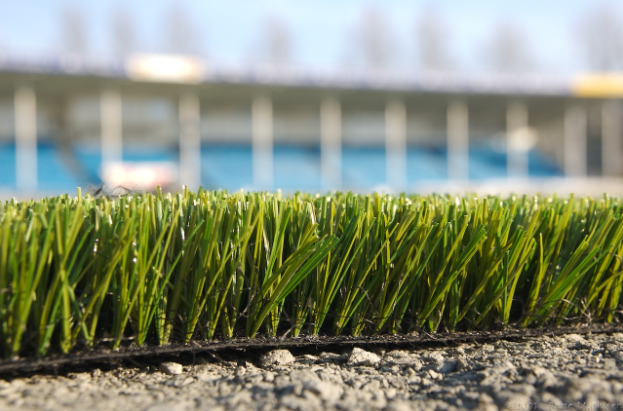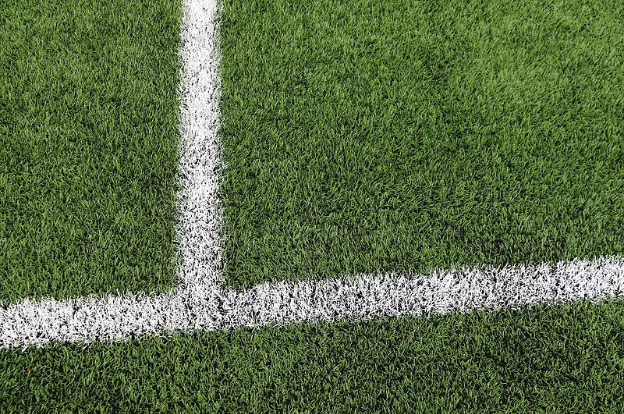Artificial turf is sweeping the nation. It’s great for the environment and is easy to manage. Even though it is artificial, it looks and feels like the real thing. But when people decide to make an investment in artificial turf, they realize that there are many types of artificial grass to choose from.
Before you come to that decision, you’ll have to consider a few things. Will you be putting the artificial turf on your patio, putting green, or playground? Think of your personal taste and how durable you think the turf will have to be.
Based on a variety of factors that we will explain below, you’ll soon be able to find the best type of synthetic grass to have at your home or property.
Nylon
Nylon is the veteran of artificial turfs. It was the first fiber to be used for artificial grass and for good reason. As a little background, nylon was used to make parachutes and other war materials in World War Two, so you know that it is an extremely durable material. It’s also used to make toothbrushes, tires, and luggage. However, in terms of using it as synthetic grass, it is used because it can withstand a lot of the wear and tear of the more active areas, like playgrounds or pet areas.
Many companies choose nylon because the grass blades stand taller and more upright than most other types of artificial grass, but are still very comfortable to walk on. Even after being exposed to extreme heat and heavy weight, nylon glass blades will keep their original shape. They are also able to easily absorb liquid, which makes the ideal in personal areas.
Polypropylene Artificial Turf
This material is the least expensive type of synthetic grass because it cannot withstand much damage and has a low melting point. Unlike nylone, polypropylene doesn’t absorb water easily and tends to wear out much faster. This fiber would be an ideal option for people on a lower budget and for those who are only looking to install it in smaller spaces, like a putting green, or somewhere else with low activity. Polypropylene has the shortest lifespan of all the fibers used in the production of synthetic grass.
Polyethylene
This is the material that you often see in commercial plastic products like soap bottles or grocery bags. As far as being used as a type of artificial grass, polyethylene is found in sports fields, like those for football and soccer. It’s the most realistic of these three materials, which makes it in high demand for many people who are going for the aethestic of healthy, clean grass. Of all the fibers used in different types of synthetic grass, polyethylene is the one that looks and feels like the real thing.
This is a fairly thin fiber that, unlike the rugged nylon, will not cause rug burns or other painful injuries and is generally pretty soft to the touch. It is also very easy to maintain, only occassionally requiring minimal raking.
For someone on a lower budget, who is looking for a smaller amount of grass to be used in a place with low activity, polypropylene would be a great option. A person who is willing to spend more money on durable but comfortable grass would be most satisfied with nylon. Polyethylene would be ideal for someone looking to install artificial grass in high activity areas, like sports stadiums.
Since there are a lot of places to install them and a lot of ways to use them, each of these three types of artificial grass have their pros and cons. It’s all about evaluating your needs and picking the artificial turf to best meet them. Either way, you can’t really go wrong with artificial turf. It will cut your water bill down, requires little maintenance, and look fantastic anywhere you put it.
If you’re looking to install a certain type of artificial turf in San Diego, call us today!




